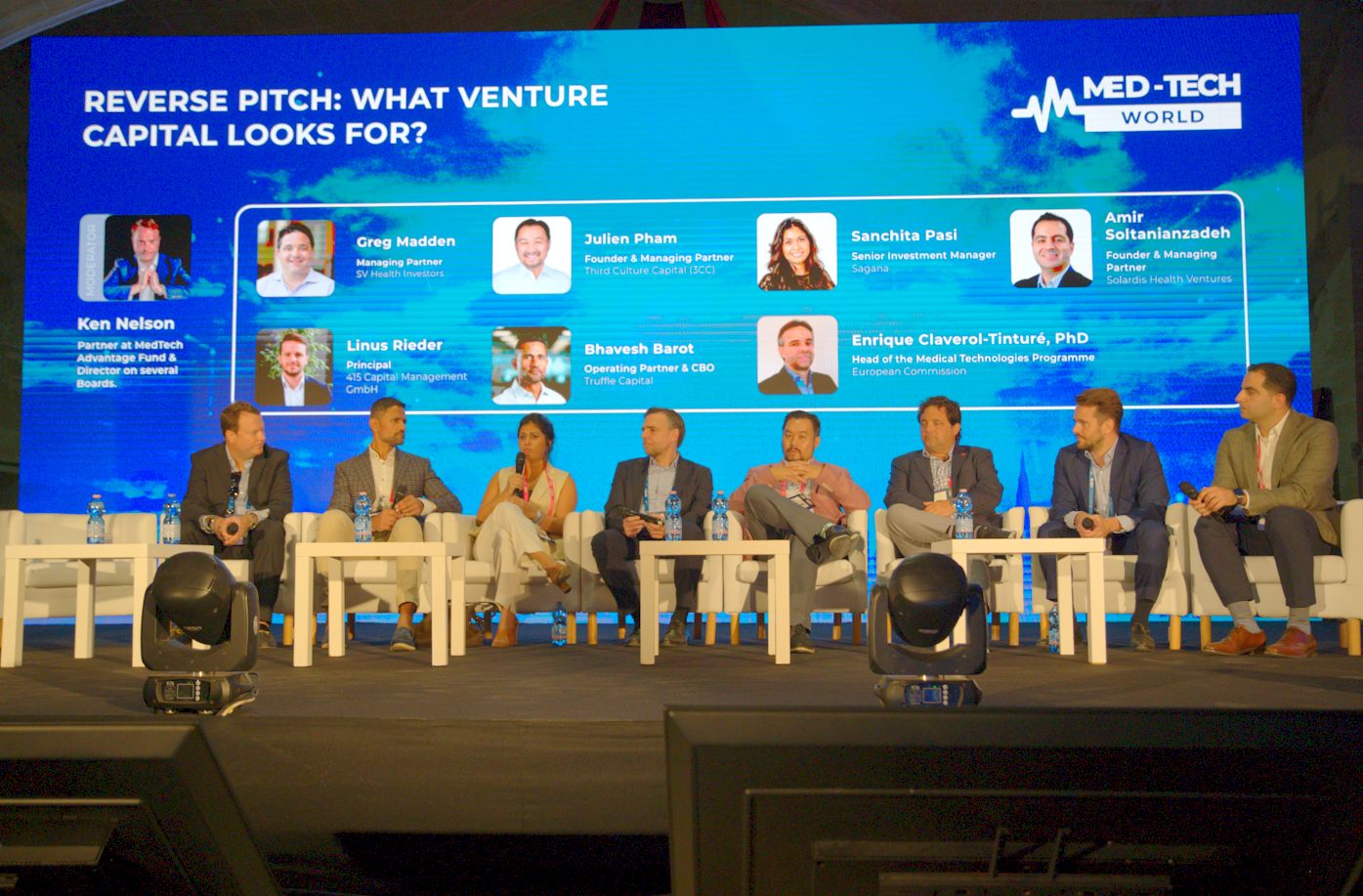
Venture Capital Essentials: Study the Track, Lead the Race
Welcome to the investing world, where flashy shows like Shark Tank and Silicon Valley often steal the spotlight. But In the world of MedTech startups, VC funding acts as the lifeblood, propelling innovation forward and bringing groundbreaking ideas to fruition.
Yet, securing this funding isn’t a walk in the park. Much like navigating uncharted waters, grasping the intricacies of the VC landscape and aligning with investor expectations are paramount to achieving success.

What makes venture capitalists hesitate?
You may possess a brilliant idea, a solid business model, and a top-notch team, yet VCs may remain hesitant. It’s often challenging to receive a definitive rejection or understand why your company doesn’t resonate with them.
A lack of investor interest can stem from various reasons, but a prevalent one, according to VCs, is a widespread misconception about what makes a startup VC-fundable. Your company’s quality or team’s capability might not be the issue; it could simply be a misalignment with the VC model.
VC funding isn’t a one-size-fits-all solution. Securing VC funding isn’t a walk in the park. It’s essential to grasp VC rules and investor preferences.
VC Basics
VCs may pass on funding your company, regardless of its promise, if they don’t see the opportunity as sufficiently large.
VC funds come in all shapes and sizes, from small microfunds to massive ones worth billions. Typically, the general partners (GPs) call the shots on investing in your company, with most of the funding coming from limited partners (LPs).
LPs, ranging from insurance companies to high-net-worth individuals, oversee significant capital. They delve into venture capital for diverse reasons: seeking high returns, supporting innovation, and diversifying assets. Unlike other investments, VC is illiquid and risky, requiring enticing rewards to justify the gamble.
Rules and Dynamics
VC funds typically span a decade, with three key phases.
During the initial investment phase, lasting 2-3 years, VC firms engage in active scouting for promising startups and make new investments.
Following this, the portfolio development stage, spanning 3-5 years, sees a shift in focus towards nurturing existing investments. VC firms provide comprehensive support to portfolio companies, aiding in their scaling and success.
Finally, in the exit period, lasting another 2-3 years, VC funds aim to realise returns by selling ownership stakes through liquidity events such as acquisitions, IPOs, or SPACs.
VC firms manage multiple funds concurrently, replenishing them every 3-5 years.
At first glance, it may seem like a huge victory if a VC invests a million and later sells their stake for twenty million, a twentyfold return. But here’s the twist: VC success isn’t about making small profits on many deals. Instead, it’s about a handful of extraordinary deals bringing in massive returns, disrupting the norm.
These investments pay off through successful liquidity events, like acquisitions or going public via IPOs, direct listings, or SPACs.
Yet, building a successful startup is incredibly tough – most never reach an exit. Out of 20 example companies, half may go bankrupt and eight might yield modest returns. This leaves just two companies to return the fund and generate a profit, known as ‘fund returners’. For instance, to achieve 3x returns over a decade, these outliers must exit with €1.5 billion, yielding €150M for the fund’s 10% stakes.
This process is governed by the power law, where venture capital returns are heavily skewed – a tiny fraction of startups generate the bulk of the returns. Fund returners offset losses from other investments in the portfolio.
The startup world is enamoured with unicorns – companies valued at €1B or more. VC firms prioritise these high-potential investments to thrive and justify the risks inherent in venture capital.
What do MedTech VCs look for in an early stage deal?
The fundamental rules and dynamics of VCs remain consistent across industries, including MedTech. However, what sets MedTech VCs apart is their deeply personal connection to healthcare due to their own experiences with illness or that of loved ones.
This personal connection drives investments towards underdeveloped areas of cure, care, and prevention, making patient-centricity a crucial aspect of company missions and goals. Ultimately, addressing unmet medical needs is deeply personal and human.
Some VCs prioritise deals based on the excitement surrounding the scientific, technical, and clinical aspects, as well as their economic relevance to the community, end users, and patients. In Europe, where healthcare solutions often rely on public financing, scalability is crucial.
Additionally, corporate feedback influences investment decisions, potentially distorting the perception of timing in favour of the investment thesis.
In general though, the aforementioned power law in VC funding is crystal clear – to secure funding, you need unicorn potential, capable of returning the entire investment fund. Early-stage predictions heavily rely on intuition, as the future remains elusive.

MedTech Malta 2024: Where the top industry talent converges.
Discover the future of healthcare at MedTech Malta, taking place from November 6th to 8th!
Set against the backdrop of Malta’s rich history and bustling atmosphere, our event draws MedTech pioneers, investors, and industry leaders alike. Building on the success of last year’s gathering at the Mediterranean Conference Centre in Valletta, we’re thrilled to return for another wave of innovation.
Immerse yourself in dynamic panel discussions, CEO workshops, and state-of-the-art technology displays. Don’t miss the chance to network, participate in pitch competitions, and attend the prestigious MedTech Malta Awards Gala.
Secure your tickets now here and join us in shaping the future of healthcare!




